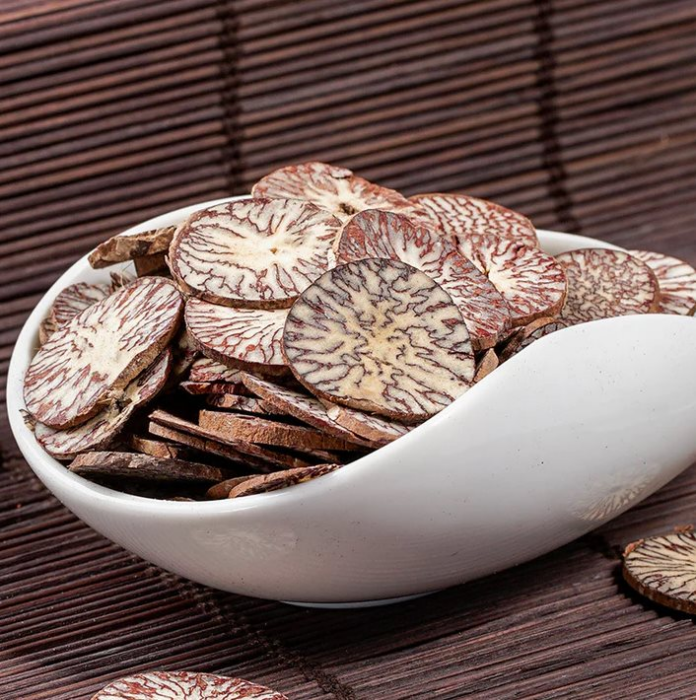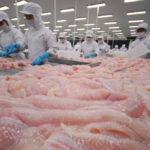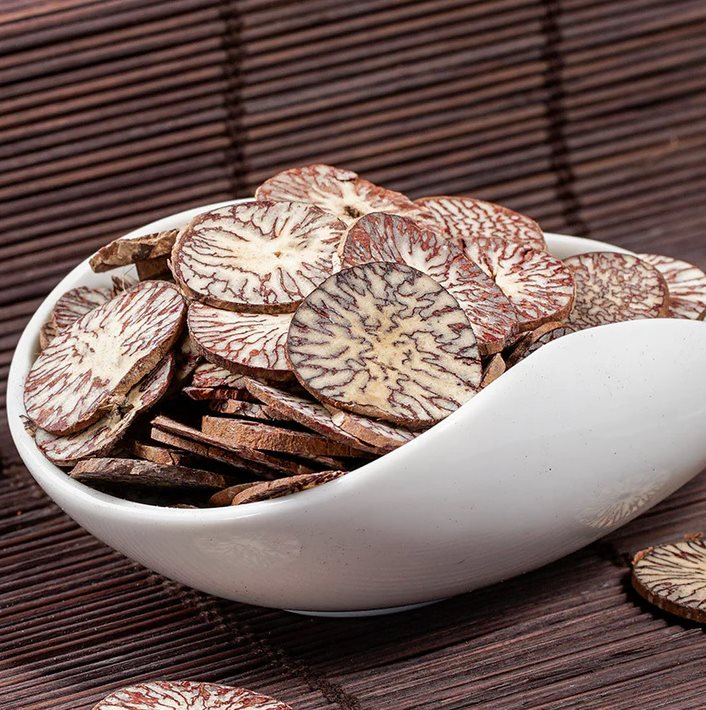
The Vietnam Fruit and Vegetable Association has just released the latest statistics from the General Department of Customs on Vietnam’s areca nut exports.
According to the data, from January to September 2024, Vietnam’s areca nut exports reached $28.99 million (approximately VND 730 billion). China was the main importer of this product from Vietnam, with a value of $27.34 million (nearly VND 700 billion), an increase of $12.66 million compared to the same period last year. In September alone, the export value to this country surged by 621%.
In addition to China, Vietnam also exported areca nuts to about 10 other markets, including the US with nearly $1 million, Thailand with $258,000, Nepal with $141,000, India with $88,000, Sri Lanka with $64,000, and Bhutan with $29,000.
Commenting on the sudden increase in China’s purchases of areca nuts from Vietnam, Mr. Dang Phuc Nguyen, Secretary-General of the Vietnam Fruit and Vegetable Association, said that during this time, there was a shortage of supply due to the impact of storms that knocked down many areca gardens in Hainan Island. It is estimated that the yield in the island province decreased by up to 40% this year.
As of June 2023, the areca cultivation area in Hainan reached 2.5 million acres, equivalent to more than 1.01 million hectares. This is where 90-99% of China’s areca yield comes from. Therefore, China had to increase imports from other countries such as Vietnam and Indonesia to make up for the shortfall.
In addition, areca prices in China have been continuously rising due to the increasingly serious leaf blight disease, which has reduced the yield. These two reasons have caused the purchasing price of areca in the market to rise to a record high.
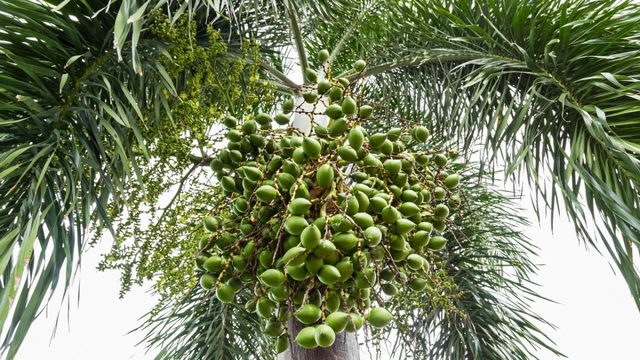
When the supply of areca in China became scarce, the high prices in this country pulled up the prices in Vietnam as well.
In previous years, the price of areca at the beginning of the season fluctuated between VND 4,000 and VND 7,000 per kg. But in 2024, right from the start of the season, the price was already above VND 45,000 per kg (including the peduncle and fruit). By June, the price ranged from VND 45,000 to VND 57,000 per kg, and then it increased to more than VND 60,000 per kg. In October, the price touched VND 80,000 per kg, reaching the highest point of over VND 85,000 per kg in Quang Ngai and nearly VND 100,000 per kg in Quang Nam.
To prevent the price from rising too high, some areca processing factories in China implemented a “price limit” measure, forcing some Chinese areca farmers to lower their selling prices.
According to the Hainan Price Monitoring Center, on October 18, the average purchase price of areca in the locality was over VND 155,000 per 0.5 kg, up more than 175% over the same period last year. On October 21, the price was VND 270,000 per kg, up 25% from the previous month and six times higher than in 2016. However, after that, the price of this product tended to decrease. On October 25, the purchase price of areca had dropped to over VND 120,000 per 0.5 kg.
Meanwhile, in Vietnam, when traders reduced and stopped buying, the price of areca turned downward sharply. Currently, the price of this commodity hovers around VND 40,000 per kg.
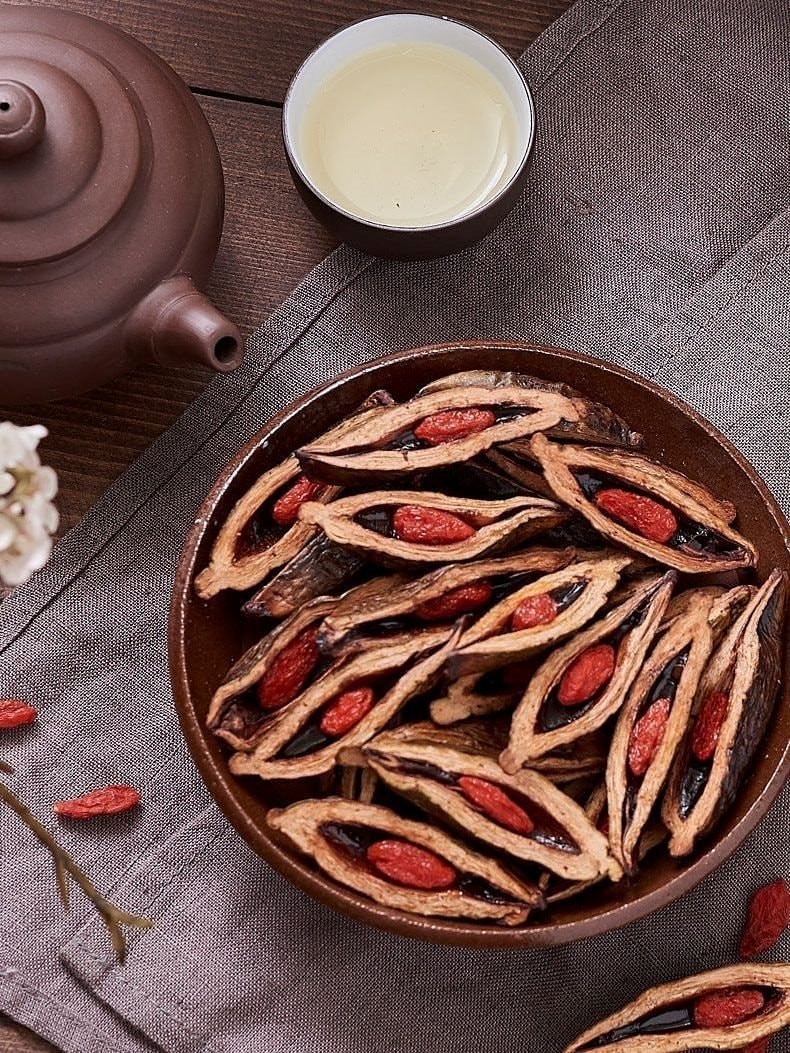
In China, areca nuts are used as a medicinal herb with anti-aging, antioxidant, digestive support, and blood sugar-lowering properties. In addition, in this country, areca is also used as an ingredient in products such as chewing gum, energy drinks, and snacks.
According to a report by the data analysis company Qichacha (China), as of June this year, there were 15,000 companies in China related to the areca production chain. Hunan province ranked first with 6,571 enterprises specializing in production, followed by Hainan province with 6,149 companies.
A Promising Outlook for Year-End Exports: Orders and Markets on the Rise
As of the end of August 2024, the country had 30 commodities with an export turnover of over $1 billion, accounting for 92.3% of the total export turnover. Of these, six commodities had an export turnover of over $10 billion, making up 62.6% of the total.
The Tasty Treasure: How Vietnam’s Delicacies are Taking Over the World.
The Australian Ambassador revealed that he and his family regularly consume this fruit daily, even opting for it as a breakfast replacement.

